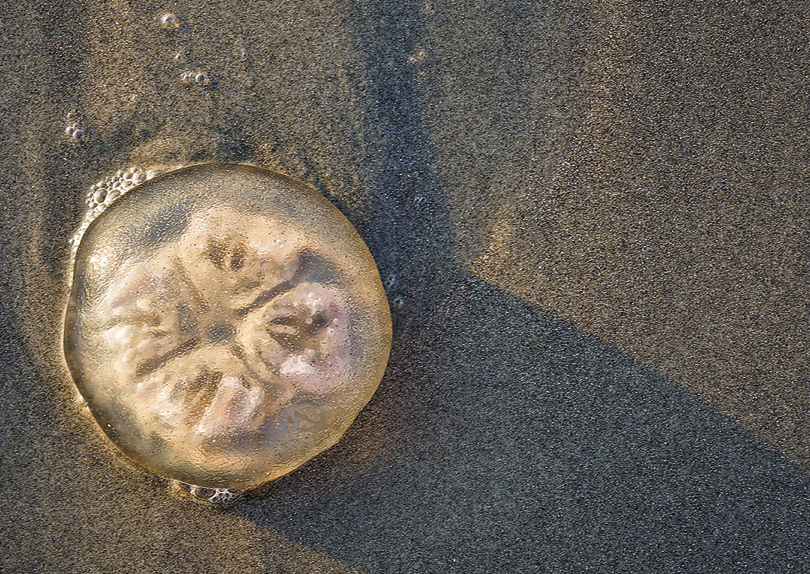If a trip to the beach is in the near future, the chance to spot marine life is right around the corner. Various creatures inhabit the depths of the world’s oceans — many of which are never spotted unless they venture close to the beach or wash up on shore.
Cult-favorite movies like “Jaws” and “Sharknado” have led some people to believe that sharks may be the most dangerous animals lurking in the ocean swells. But shark sightings are rare, especially when compared to other marine life, like jellyfish.
Though no official mortality statistics exist, estimates suggest that jellyfish account for scores of deaths each year, according to figures reported by the National Science Foundation. Each year, hundreds of other people suffer from stings severe enough to put them in the hospital. A report by PJ Media indicated that jellyfish kill more people around the world every year than sharks, stingrays and sea snakes combined.
While not every translucent blob bobbing in the waves will deliver a fatal sting, as people prepare to return to oceans and lakes once more, it pays to brush up on jellyfish biology and learn about how to distinguish the harmless varieties from the dangerous ones. That’s no small task, as there are roughly 200 species of jellyfish inhabiting bodies of water across the globe.
Harmless jellyfish are not necessarily ones that don’t sting, but their stings are not serious enough for humans to cause death. However, there are a few varieties that do not sting. Caution is always warranted around jellies. And should one be stung, address it with a lifeguard or medical personnel promptly. The following are some varieties of jellyfish that are not overly dangerous to beach-goers, courtesy of Aquaviews Online Scuba magazine, Beachhunter.net, Animal Sake, and Best Life.
Pleurobrachia bachei, also known as sea gooseberries, are no longer than 1.2 inches. They’re found in the waters off California and do not sting. Their cilia are sticky and collect prey.
The moon jelly, also known as aurelia aurita, is the most common and widely recognized jellyfish species. Its sting is mild with harmless venom. Moon jellies are abundant in most oceans and coastal waters.
The rhopilema verrilli, also called the mushroom cap jellyfish, has a mushroom-shaped umbrella head. It stings very mildly, and lives in gulfs and bays.
The Atlantic sea nettle, or chrysaora quinquecirrha, is found in subtropical parts of the Atlantic and Indo-Pacific Oceans. It has reddish-brown stripes that run along the head. While not lethal, its sting leaves a painful rash.
Cannonball jellyfish, known as stomolophus meleagris, are mostly harmless jellyfish with very short tentacles. Brushing up against this jelly usually isn’t enough to result in a sting. Most people encounter these jellies washed up on the beach in large numbers.
Jellyfish have the potential to be dangerous. Heed marine life warnings before entering the water and keep an eye out for these sometimes ornery ocean residents.








Recent Comments